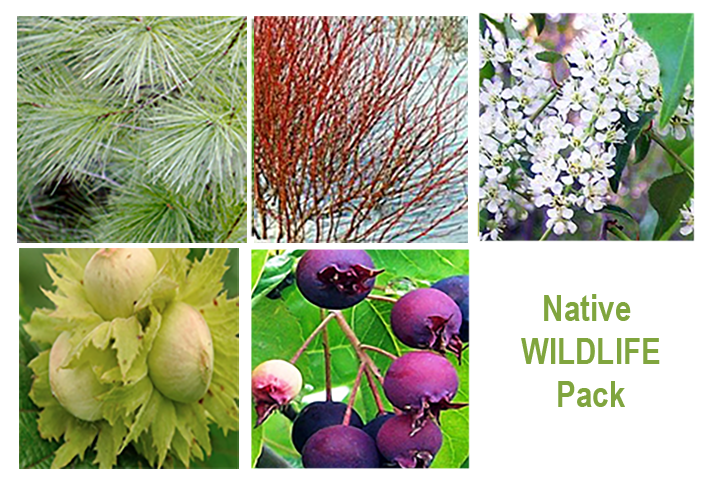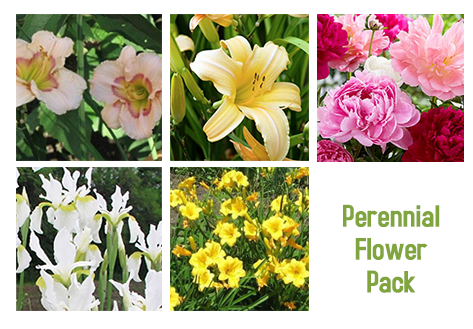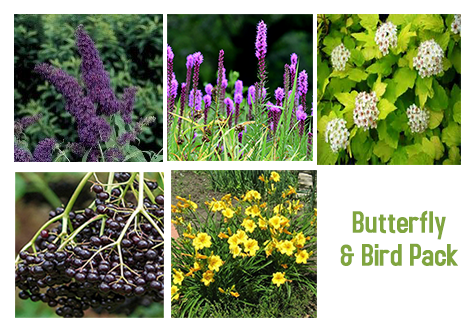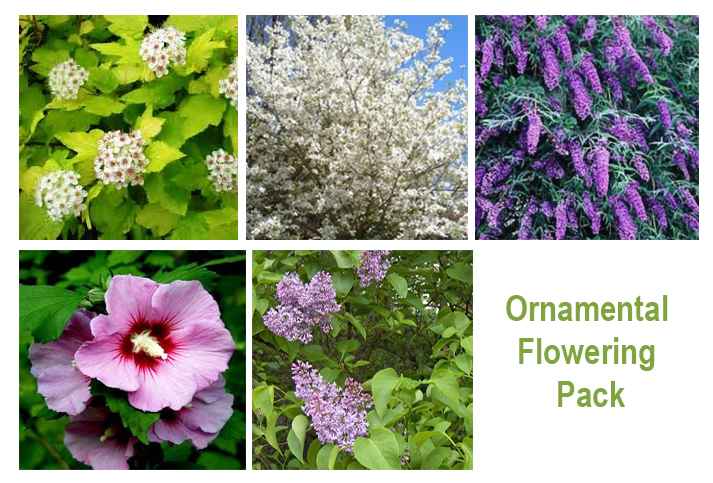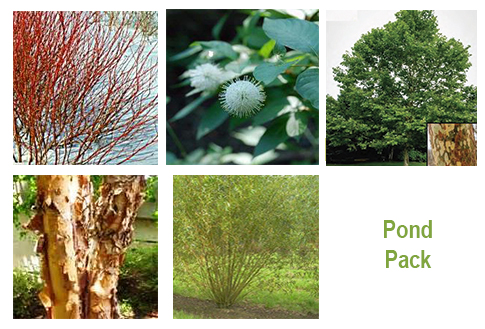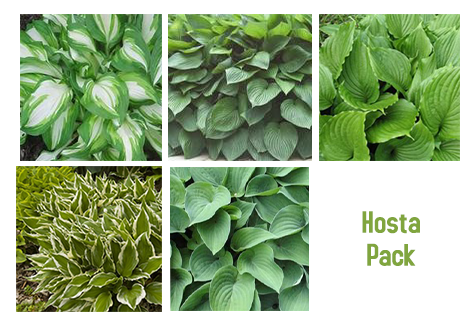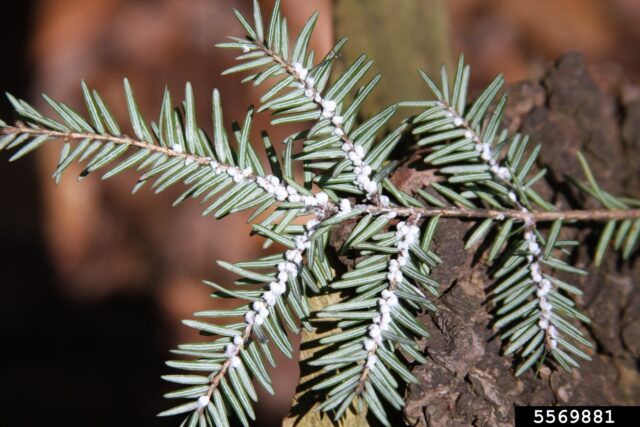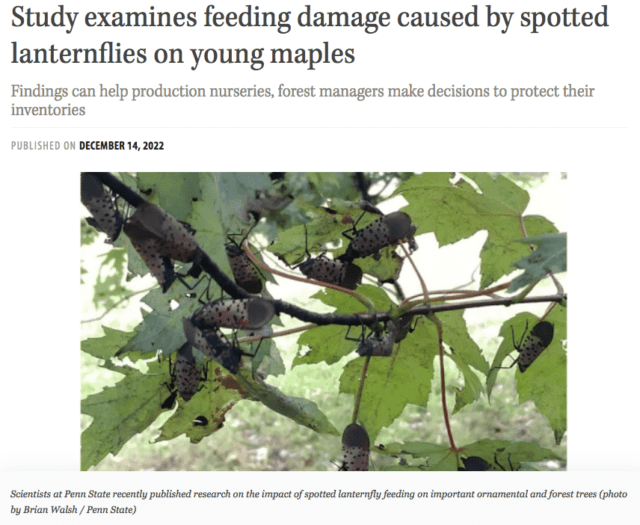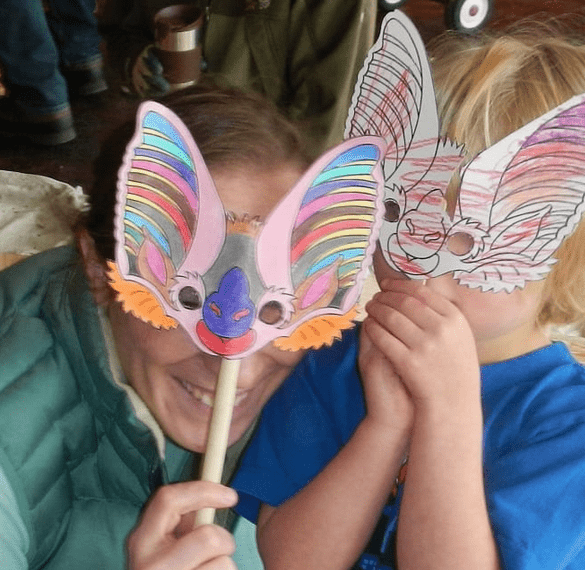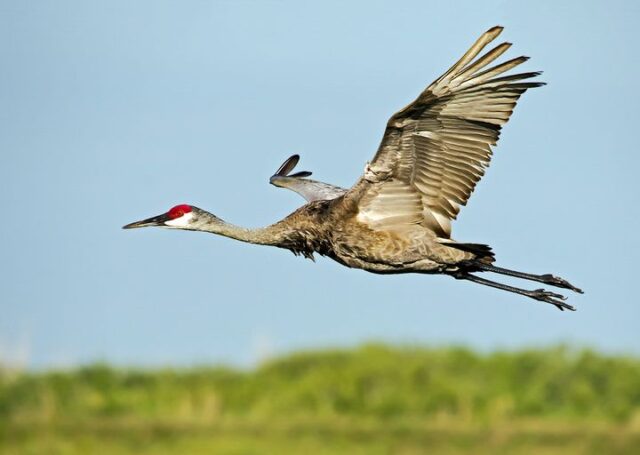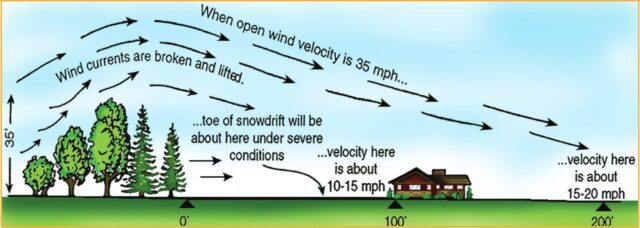
Diagram showing a windbreak and relationship between windbreak height and the subsequent impact on wind velocity (from: Tree Windbreaks for Farms and Homes, Purdue University Extension).
The Tree and Shrub Sale offers great stock if you are planning a windbreak or privacy row. Start with at least 3-4 rows. The Norway Spruce is excellent and is a fast growing (2-3’ per year) it can grow up to 5 ft a year in a good weather year, another conifer for the tall row is Douglas Fir. For the medium row, Eastern White Pine or White Spruce, for low row, a mixture of shrubs like Lilac or Hazelnut.

